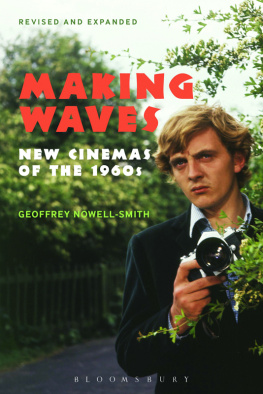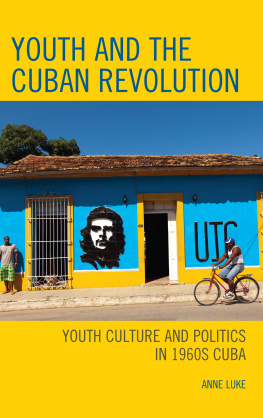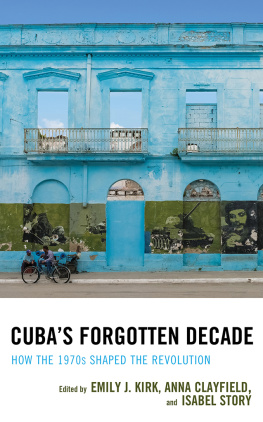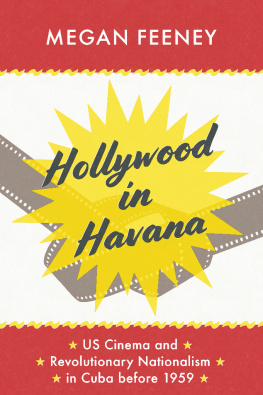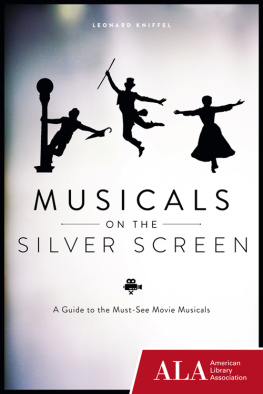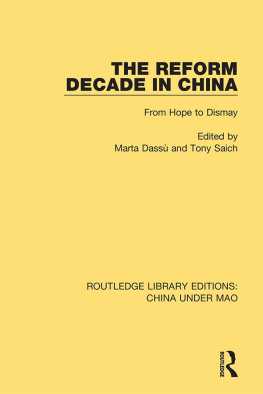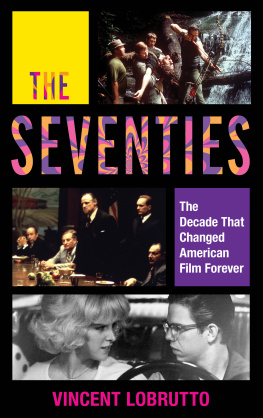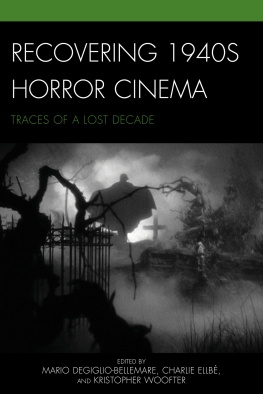Bloomsbury Academic
An imprint of Bloomsbury Publishing Plc
| 1385 Broadway | 50 Bedford Square |
| New York | London |
| NY 10018 | WC1B 3DP |
| USA | UK |
www.bloomsbury.com
First published 2013
Geoffrey Nowell-Smith, 2008, 2013
All rights reserved. No part of this publication may be reproduced or transmitted in any form or by any means, electronic or mechanical, including photocopying, recording, or any information storage or retrieval system, without prior permission in writing from the publishers.
No responsibility for loss caused to any individual or organization acting on or refraining from action as a result of the material in this publication can be accepted by Bloomsbury Academic or the author.
Library of Congress Cataloging-in-Publication Data
Nowell-Smith, Geoffrey.
Making waves : new cinemas of the 1960s / by Geoffrey Nowell-Smith. -- Updated and revised edition.
pages cm
Includes bibliographical references and index.
ISBN 978-1-62356-508-4 (pbk. : alk. paper) 1. New wave films--Italy--History and criticism. 2. New wave films--France--History and criticism. 3. New wave films--History and criticism. I. Title.
PN1993.5.I88N69 2013
791.43'611--dc23
2013000298
ISBN 978-1-6235-6562-6
Typeset by Fakenham Prepress Solutions, Fakenham, Norfolk NR21 8NN
Contents
The chapter in this book on Antonioni is adapted from an article first published in Sight and Sound in December 1995. It is republished here with the kind permission of the editor. Sections of the chapter on Oshima were also published in Film Quarterly 64:2, Winter 2010, and again their reproduction here is with the kind permision of the editor. Stephen Crofts, Lcia Nagib, David Nowell-Smith, Erminia Passannanti, and Sam Rohdie read and made useful comments on parts of the manuscript of the first edition of the book while I was writing it. For the chapter on Oshima in this revised edition special thanks are due to Cecily Nowell-Smith. I should also like to thank the staff of the BFI Library in London and the Bibliothque du Film (BiFi) in Paris for their kind assistance throughout.
Geoffrey Nowell-Smith
London, November 2012
This book is dedicated to the memory of Tom Milne (19262005), film writer and translator without peer.
Throughout this book I have tried wherever possible to refer to films under a generally accepted English-language release title, where such exists. Many films, however, were never released commercially, or had different titles in Britain and North America, have acquired new titles on re-release, or were given titles which for one reason or other simply didnt stick. Faced with a potentially confusing situation, I have applied a mixture of common sense and personal prejudice. Some films are uncontroversially referred to by their original title: for example, Lavventura , Hiroshima mon amour , Les Carabiniers . Others have an equally uncontroversial release title: Before the Revolution , The Discreet Charm of the Bourgeoisie , Antonio das Mortes . In cases where choices have had to be made, I have used original titles for a number of films where the available English title or titles seemed to be in some way unsatisfactory. Thus Franois Truffauts Les Quatre cents coups has two English titles. One is The Four Hundred Blows , which is a literal rendering of the original but means nothing at all in English. The other is Wild Oats , which captures the sense of the original but never caught on. Since neither is satisfactory I have stuck with the original. I have also stuck with the original for Jean-Luc Godards first feature bout de souffle , rather than use the translated title Breathless , which is the name of Jim McBrides 1983 remake. For Eastern European and Japanese films, English titles are used throughout. (In the case of the films of Nagisa Oshima this has involved choosing among a plethora of British and American, cinematic and video release titles, the rationale for which is explained in a note on p. 225.) In general, as between British and American titles, I have tended on the whole to prefer British as (again on the whole) they tend to be more accurate. Thus, for Louis Malles Ascenseur pour lchafaud I have chosen Lift to the Scaffold rather than Elevator to the Gallows : in France criminals are (or were) executed by guillotine, not hanged on gallows. I have, however preferred the American Loves of a Blonde for Milo Formans Lsky jedn plavovlsky to the British A Blonde in Love , and Sandra to the abstruse Of a Thousand Delights for Luchino Viscontis Vaghe stelle dellOrsa . Nothing much hinges on these decisions, but since the issue can be problematic in some cases, the index of film titles at the end of the book contains original, US, and UK titles for most films referred to in the book.
Accents and diacritical marks on names in European languages have been preserved as far as possible, though I cannot guarantee 100 per cent accuracy in every case. Roman Polnski as Roman Polanski is deliberate, since that is how his name has been spelled ever since he left Poland for the West in 1963; any other absent diacriticals are an oversight. Japanese names are given in western order, given name followed by family name, and without macrons: thus Nagisa Oshima rather than shima Nagisa.
When this book first appeared in 2008 it was on the whole well received. But it left a major hostage to fortune in the form of an admission in the Introduction that it was not a particularly learned work and that it was (partly as a consequence of this) unduly focused on the cinemas of Western Europe. I felt at the time, and still do, that for the most part this was a limitation that had to be lived with, even if it meant, for example, being skimpy in my treatment of the cinemas of parts of the world such as Eastern Europe whose (many) languages I do not read or understand. But there were two absences from the panorama presented in the book which I deeply regretted. Most grievously absent was any treatment of the new cinema that emerged in Japan, almost entirely unknown in the West, more or less contemporary with the Nouvelle Vague in France, and whose supreme representative was Nagisa Oshima. And the other was an amorphous phenomenon which grew up at the same time in the United States (mainly in New York), and which was sometimes dignified by the name New American Cinema, though it was never really any such thing, even if many good films came out of it.
For this second edition I have expanded Chapter 6 of the book to take into account this so-called New American Cinema and whose most interesting feature was its overlap with the new documentary that emerged in the USA and Canada round about the same time. I have also added an auteur chapter on Oshima, though it is not entirely about Oshima as an auteur since it also devotes some space to the film-making context in Japan in the 1960s out of which many other good film-makers also emerged. I was able to do this because in 2009 James Quandt at the Ontario Cinematheque in Toronto mounted a complete retrospective of Oshimas work, including many films hardly known at all in the West. When this retrospective came to London in 2010 I was able to renew my acquaintance with the work of an artist whose originality as a film-maker is parallelled in the period only by Godard. I have also taken the opportunity provided by this second edition to correct some typographic and factual errors in the text and to remove some bits of digressive material (mainly in the chapters on Britain and on Italy) that strayed too far from the main theme of the book. Finally, I have added a list of fifty innovative films, not all strictly from the new cinemas and not necessarily the best or the most important, which readers of the book might want to chase up on DVD or (if possible) on the big screen.

